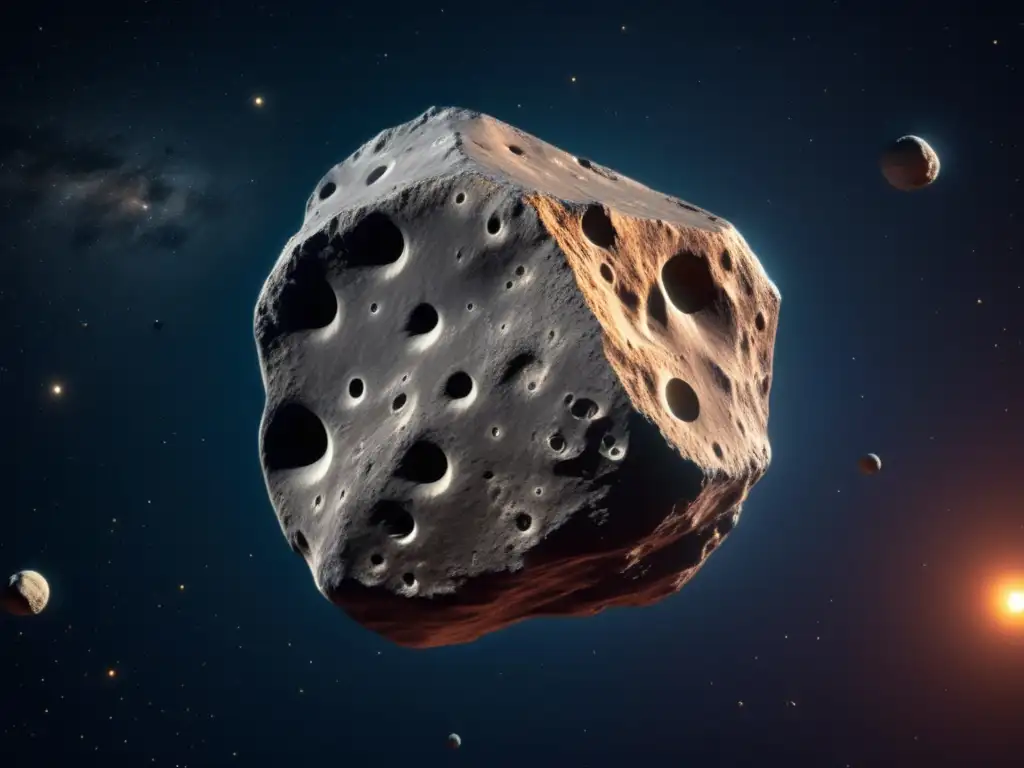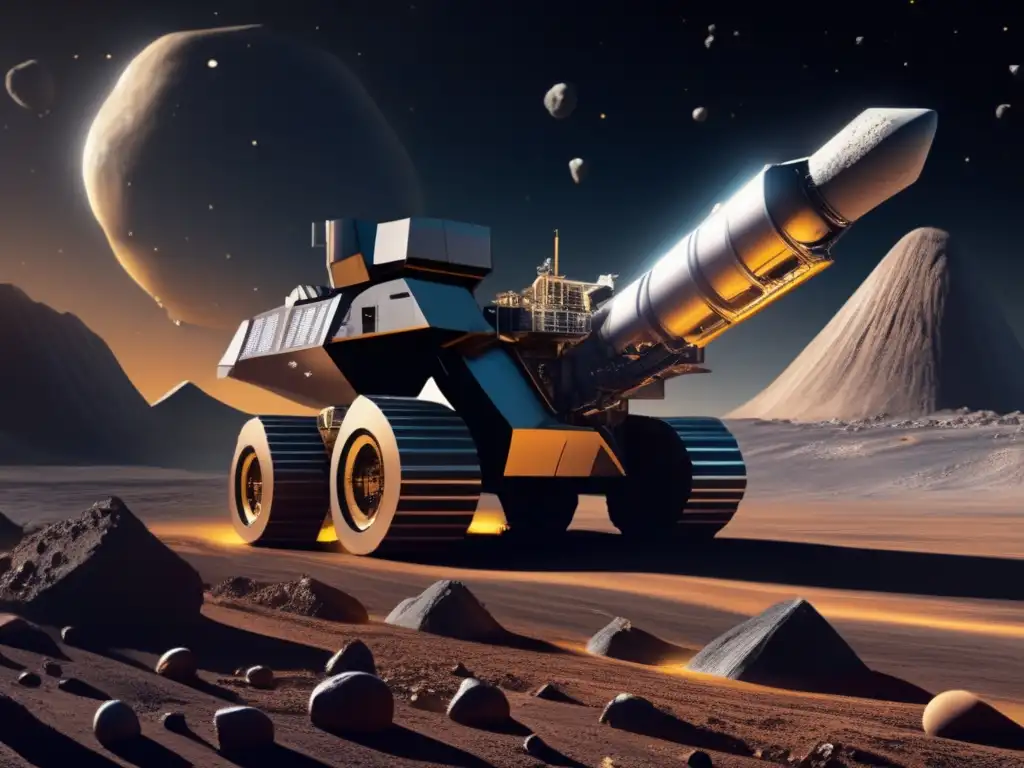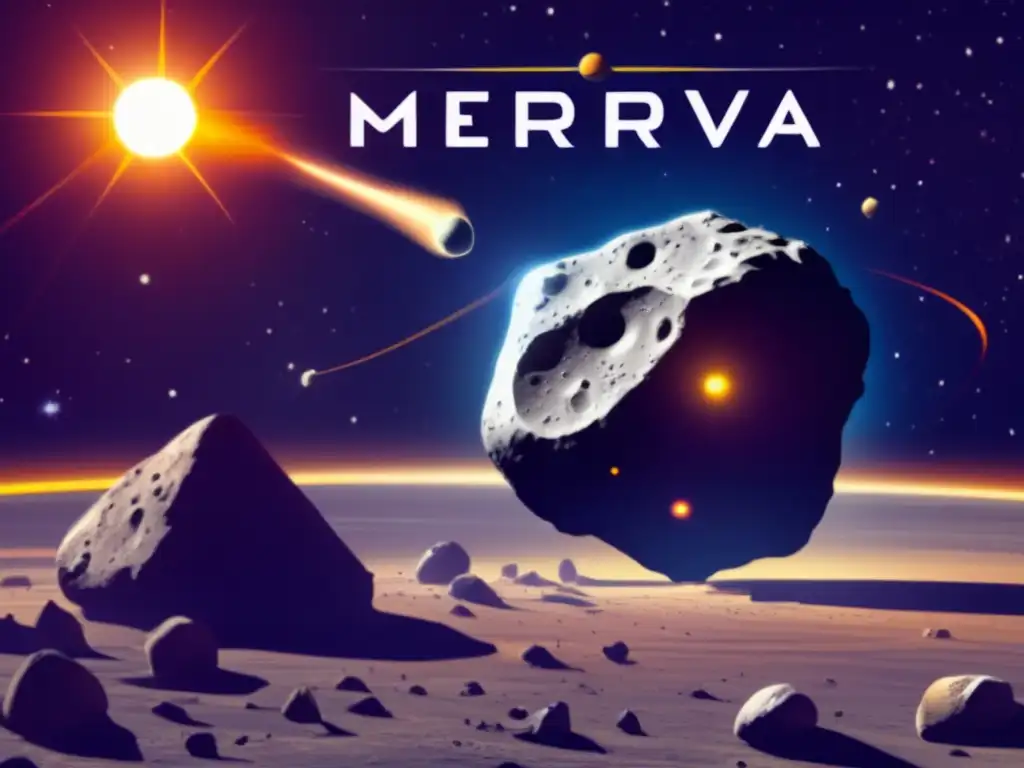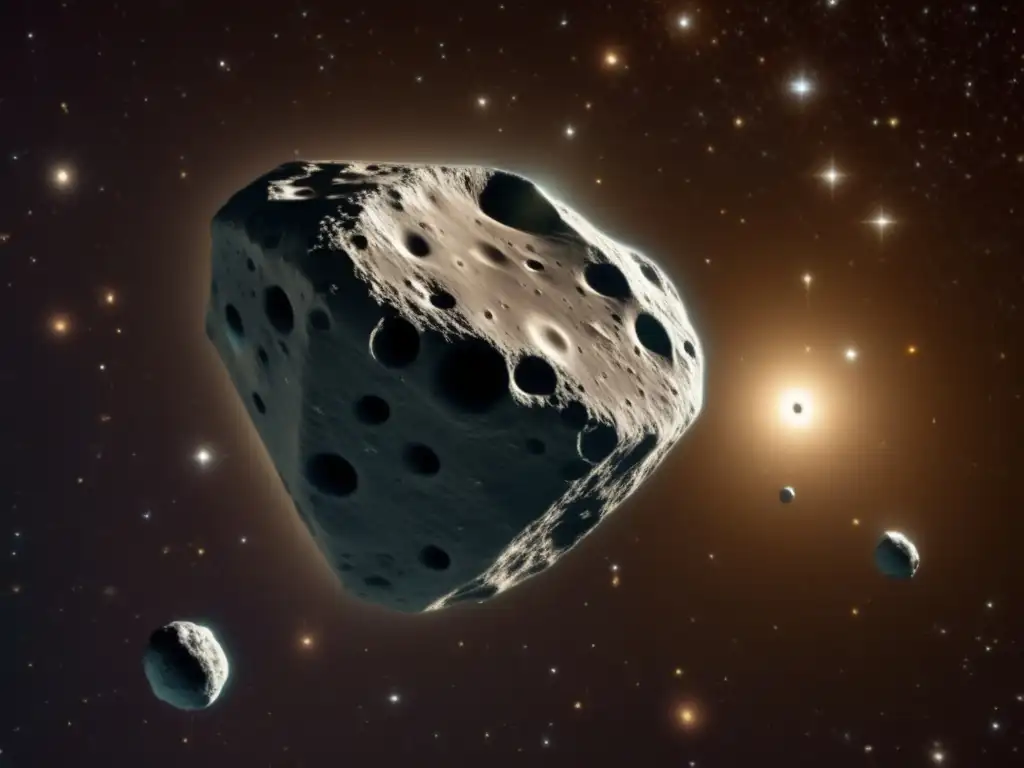The Role Of Asteroid Minerva In Astronomy

Introduction
Asteroids have long captured the fascination of astronomers and enthusiasts alike. These celestial objects, orbiting the Sun between Mars and Jupiter, hold valuable clues about the formation of our solar system and offer insights into the mysteries of the universe. In this article, we delve into the role of Asteroid Minerva in astronomy, exploring its characteristics, history, and significance in our understanding of the cosmos.
Asteroid Minerva: A Profile

Discovery and Naming
Asteroid Minerva, officially known as 93 Minerva, was discovered on August 24, 1867, by American astronomer J.C. Watson at the Detroit Observatory in Michigan. It was named after the Roman goddess of wisdom and strategic warfare, reflecting its significance in the exploration of knowledge and the celestial realm.
Physical Characteristics
Minerva has an estimated diameter of approximately 149 kilometers, making it one of the largest asteroids in the asteroid belt. Its surface is thought to be composed of various rocky materials, including silicates and metals. Additionally, observations indicate that Minerva has a relatively slow rotation period of around 15 hours, suggesting a potential irregular shape.
Orbit and Location
Minerva follows an elliptical orbit between Mars and Jupiter, with an average distance from the Sun of about 2.3 astronomical units (AU). It takes roughly 4.18 Earth years to complete one revolution around the Sun. This places Minerva within the main asteroid belt, a region rich in asteroidal activity and a focus of significant scientific research.
Minerva's Significance in Astronomy

Insights into Solar System Formation
Studying asteroids like Minerva provides valuable insights into the early stages of our solar system's formation. These celestial bodies are believed to be remnants from the protoplanetary disk, the swirling cloud of gas and dust that gave birth to the Sun and its surrounding planets. By analyzing the composition and structure of asteroids, astronomers can gain a better understanding of the processes that led to the formation of the Earth and other planets.
Impact Hazards and Planetary Defense
Minerva's size and orbit make it an important subject of study for scientists concerned with potential impact hazards from asteroids. Understanding the physical properties and orbital dynamics of asteroids like Minerva allows researchers to refine models for predicting and mitigating potential future impacts on Earth. This knowledge is crucial for developing effective planetary defense strategies to safeguard our planet and its inhabitants.
Exploring Resources and Space Mining
As space exploration advances, there is growing interest in the mining of valuable resources from asteroids. These celestial bodies contain a variety of elements and minerals that could potentially be extracted for use in space missions, colonization efforts, or even back on Earth. Studying asteroids like Minerva helps scientists identify potential targets for future resource exploitation and assess the economic viability of space mining.
The Future of Minerva Research

Upcoming Missions
Astronomers and space agencies around the world continue to plan and execute missions to study asteroids up-close. While no specific missions are currently targeting Minerva, future exploration endeavors, such as proposed sample return missions or spacecraft flybys, may offer further opportunities to investigate this intriguing celestial object.
Technological Advancements
Advancements in technology are revolutionizing our ability to study asteroids. From improved telescopes and imaging techniques to the development of spacecraft capable of landing on and returning samples from asteroids, these technological innovations empower scientists to unravel the mysteries of Minerva and its counterparts in unprecedented detail.
Collaborative Research Efforts
Collaboration between international space agencies and research institutions plays a vital role in asteroid research. Collaborative efforts allow for shared resources, expertise, and data, facilitating deeper understanding and advancing scientific knowledge. Continued collaboration will undoubtedly contribute to significant breakthroughs in our understanding of Minerva and its significance in astronomy.
Frequently Asked Questions

-
Q: How was Asteroid Minerva named?
A: Asteroid Minerva was named after the Roman goddess of wisdom and strategic warfare.
-
Q: What is the estimated size of Asteroid Minerva?
A: Asteroid Minerva has an estimated diameter of approximately 149 kilometers.
-
Q: How long does it take for Minerva to complete one orbit around the Sun?
A: Minerva takes approximately 4.18 Earth years to complete one revolution around the Sun.
-
Q: What insights can studying asteroids like Minerva provide?
A: Studying asteroids like Minerva provides insights into solar system formation, impact hazards, planetary defense, and potential resource exploitation.
-
Q: Are there any upcoming missions targeting Minerva?
A: While no specific missions are currently targeting Minerva, future exploration endeavors may offer opportunities to investigate this celestial object.
Conclusion
Asteroid Minerva holds a significant place in astronomy, offering valuable insights into the formation of our solar system, potential impact hazards, resource exploitation, and more. As our understanding of asteroids evolves, Minerva continues to captivate scientists and researchers worldwide. By focusing on collaborative research efforts, technological advancements, and upcoming missions, we can further unravel the mysteries surrounding Minerva and contribute to the broader understanding of the universe.
We encourage readers to share their thoughts and engage with the asteroid community by subscribing and interacting with www.asteroidrealm.com. Your active participation can help foster a deeper appreciation and knowledge of these celestial objects. Thank you for joining us on this astronomical journey.
Additional Resources

For those interested in delving deeper into the subject of asteroids, below are some additional resources:
- "Asteroids: Astronomical and Geological Bodies" - NASA: www.nasa.gov/asteroids
- "The Asteroid Belt: An In-Depth Exploration" - International Astronomical Union: www.iau.org/asteroidbelt
- "Mining Asteroids: The Future of Space Resources" - Lunar and Planetary Institute: www.lpi.usra.edu/asteroid-mining
 A Close Look At The Features Of Asteroid Aurora
A Close Look At The Features Of Asteroid Aurora Understanding The Uniqueness Of Asteroid Hygiea
Understanding The Uniqueness Of Asteroid Hygiea The Characteristics Of The Asteroid Elektra
The Characteristics Of The Asteroid ElektraIf you want to discover more articles similar to The Role Of Asteroid Minerva In Astronomy, you can visit the Asteroid Profiles category.
Leave a Reply

Articulos relacionados: